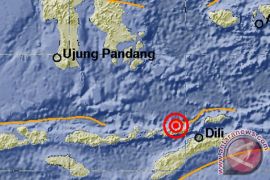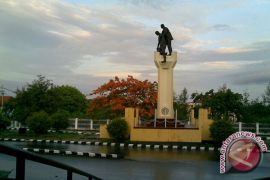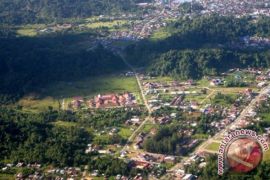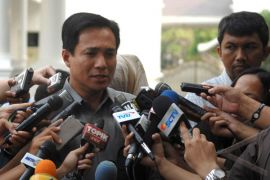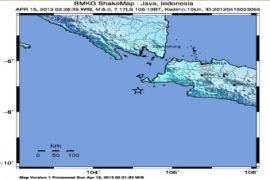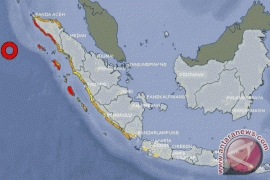The quake struck in the Pacific Ocean not far from the epicentre of the March 11 quake-tsunami disaster that killed more than 20,000 people and triggered the world`s worst nuclear crisis since Chernobyl 25 years ago.
Sirens again wailed along the devastated northeast coast, where people have been terrified by hundreds of aftershocks over the past five months, and the quake also caused buildings to sway across Tokyo.
The tremor struck 283 kilometres (175 miles) northeast of Tokyo and 99 km southeast of tsunami-hit Sendai city at a depth of about 43 km at 2:36 pm (0536 GMT), according to the US Geological Survey.
Japan`s meteorological agency measured the quake at a magnitude of 6.8.
The agency also issued a 50-centimetre tsunami warning but called it off after only very small waves were seen lapping at the coast.
The operator of the crippled Fukushima nuclear plant, Tokyo Electric Power Company (TEPCO), quickly said there were no reports of fresh damage or abnormalities after the latest quake.
TEPCO spokeswoman Ai Tanaka told AFP that emergency workers were briefly evacuated but that "there is no abnormality in our cooling operations at the plant. Radiation gauges did not show any abnormal change either."
The Pacific Tsunami Warning Center said there was no threat of a destructive widespread tsunami in the broader Pacific Ocean.
In the coastal city of Ishinomaki, where more than 4,000 people were killed in the March 11 disaster, tsunami sirens wailed, buildings shook strongly and some office workers dived for cover under their desks.
Hours after the quake there were no reports of injuries or damage.
"We called on citizens through the disaster public address system to evacuate to high ground," Yumi Sato, a spokeswoman for the Ishinomaki City Office, said by telephone.
"Inside the city office, no objects fell down due to the quake. But it shook very much and a number of employees hid below their desks because we all remembered the March earthquake."
Japan, located at the junction of four tectonic plates, experiences 20 percent of the strongest quakes recorded on Earth each year.
Akira Nagai, director of earthquake and tsunami monitoring at the Meteorological Agency, told a news conference: "We assume it was an aftershock of the (March 11) Tohoku-Pacific earthquake. We urge you to remain aware that aftershocks may continue actively for the time being."
(U.H-RN)
Editor: Priyambodo RH
Copyright © ANTARA 2011
